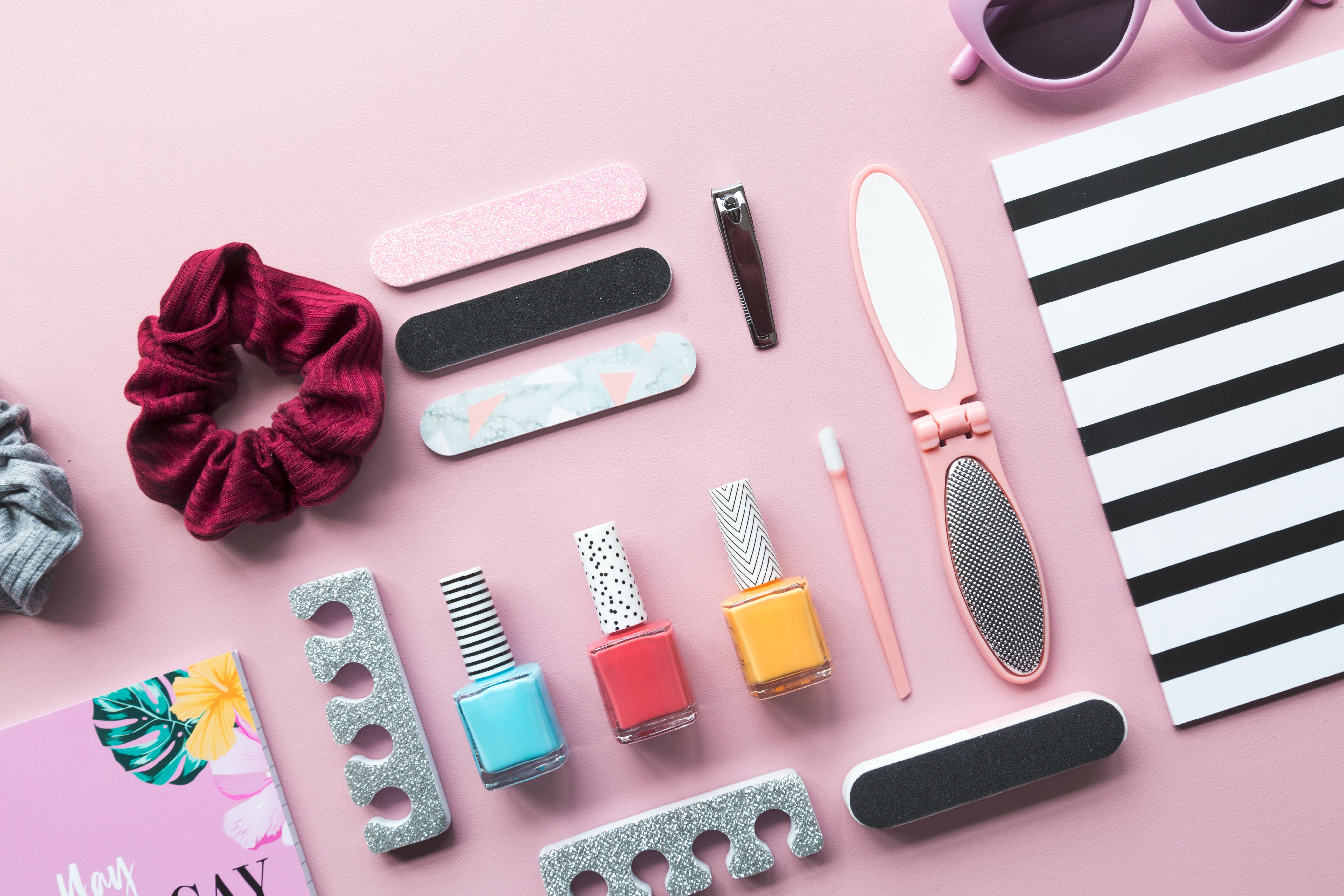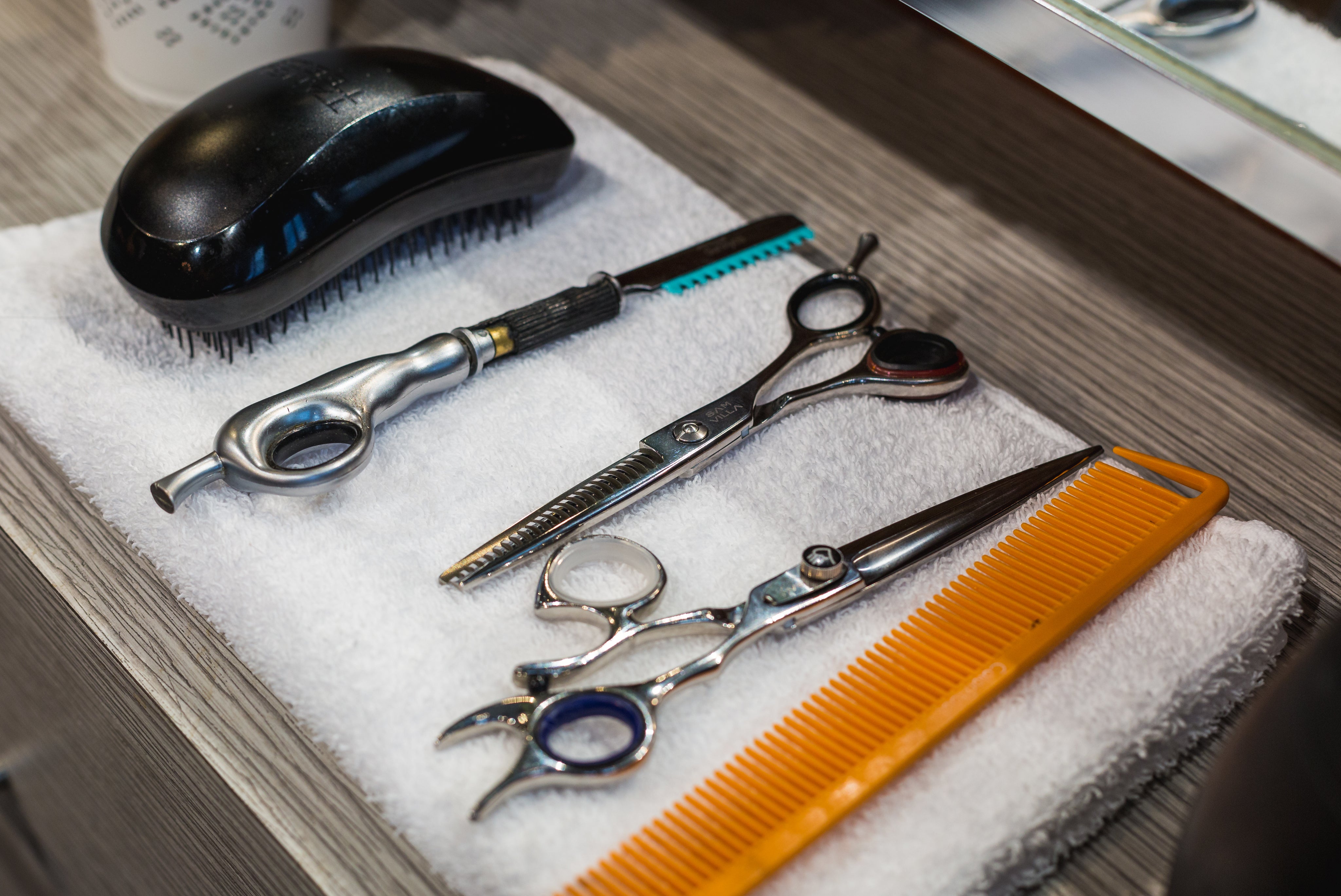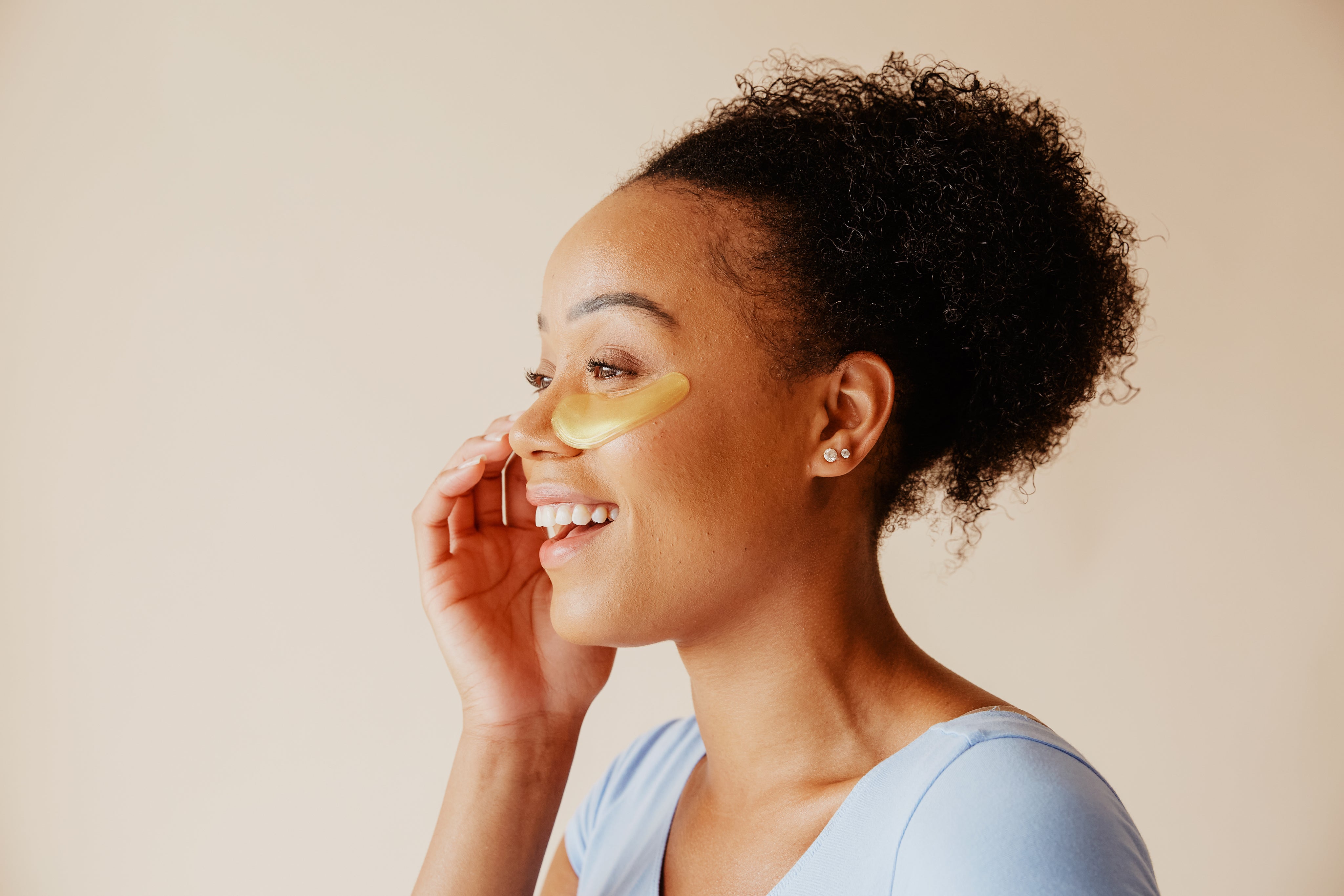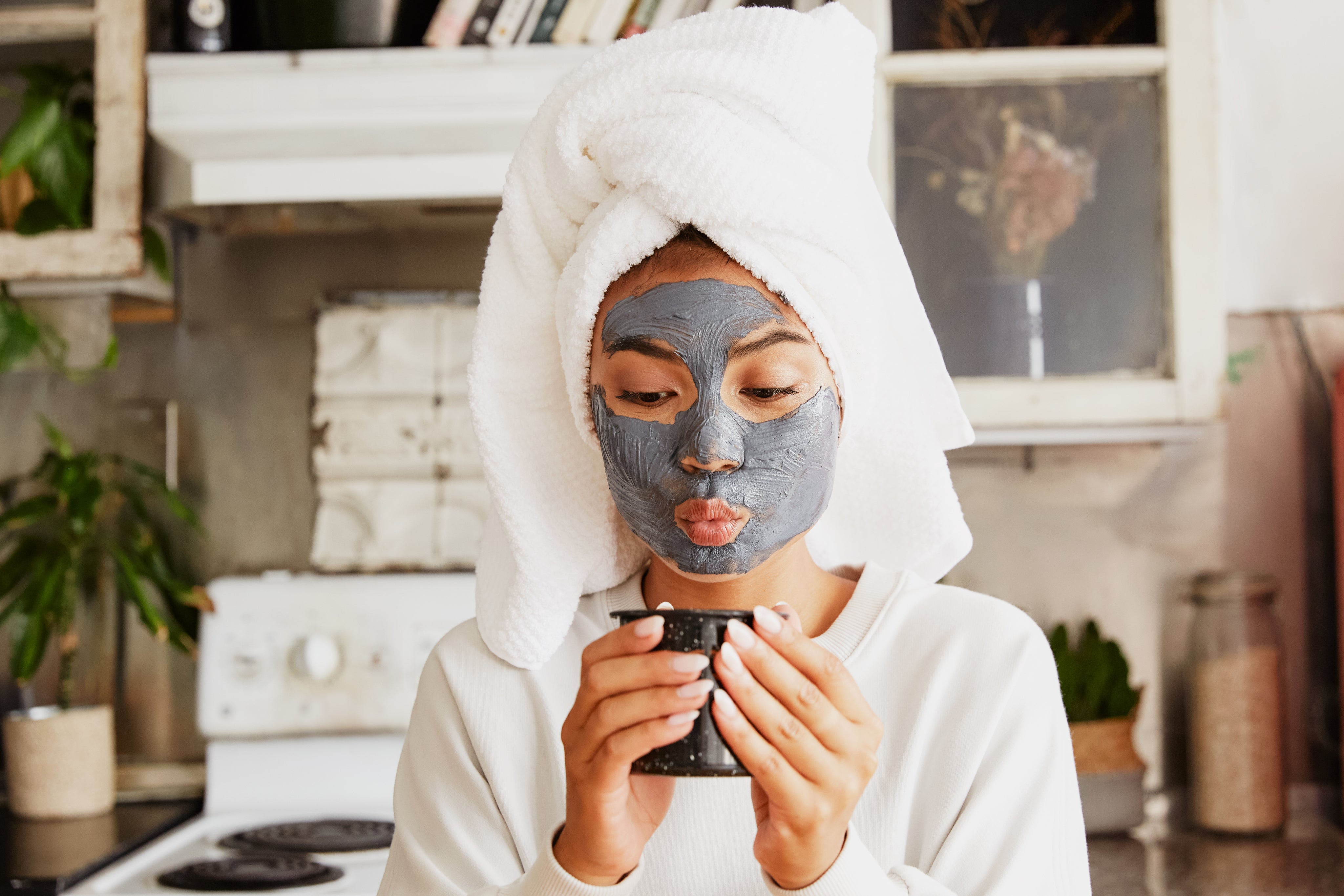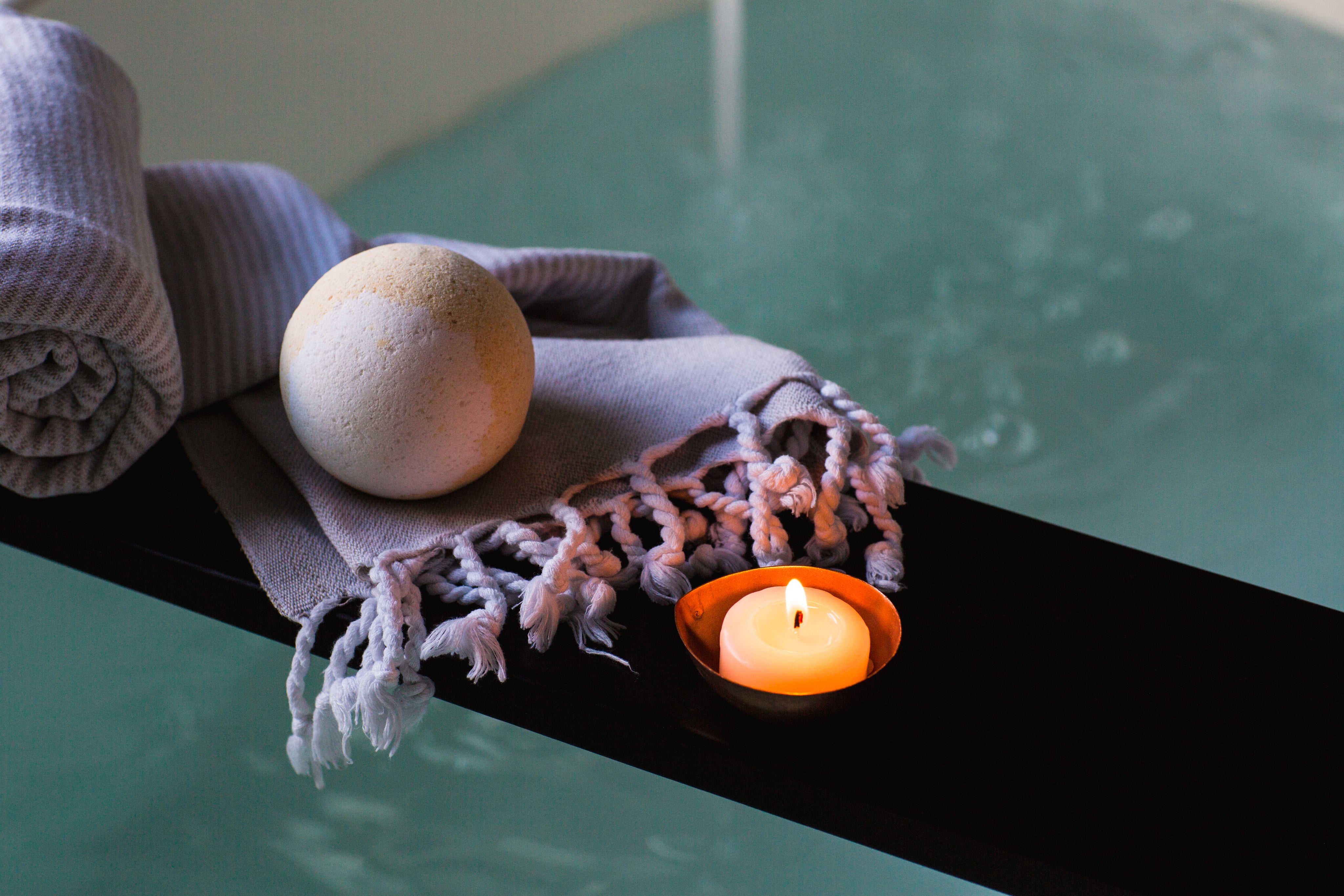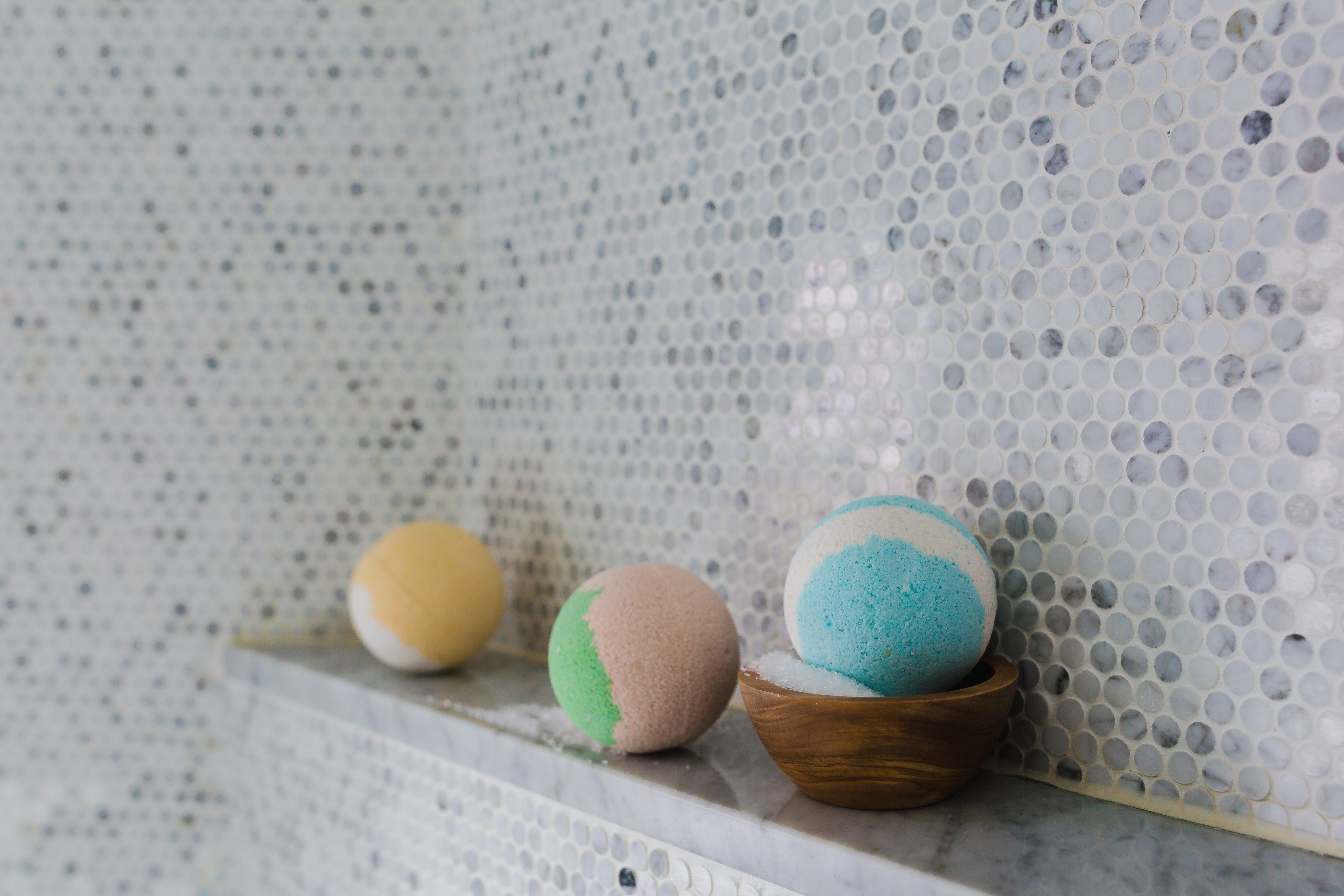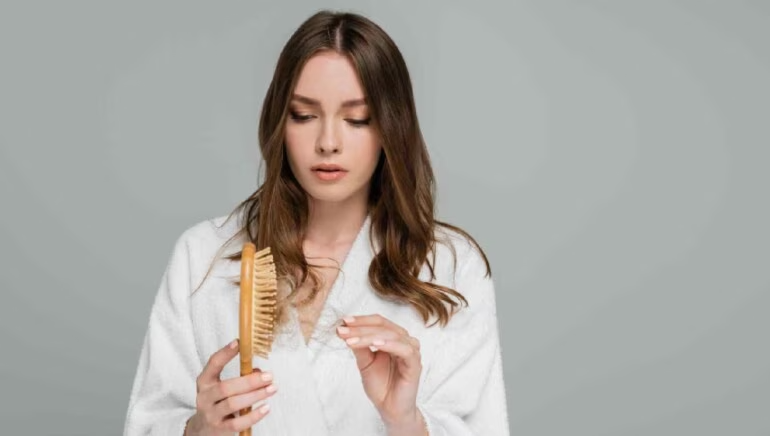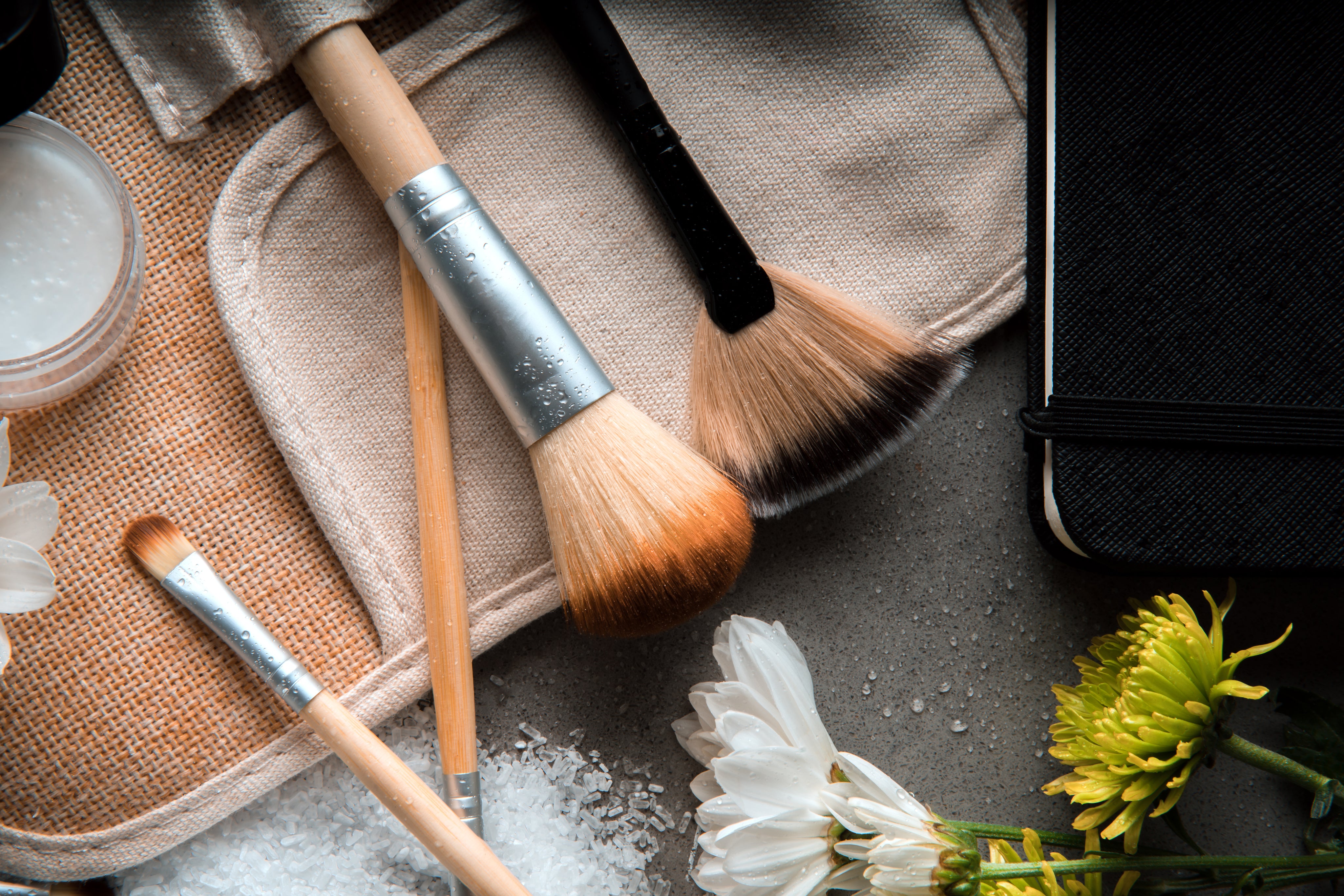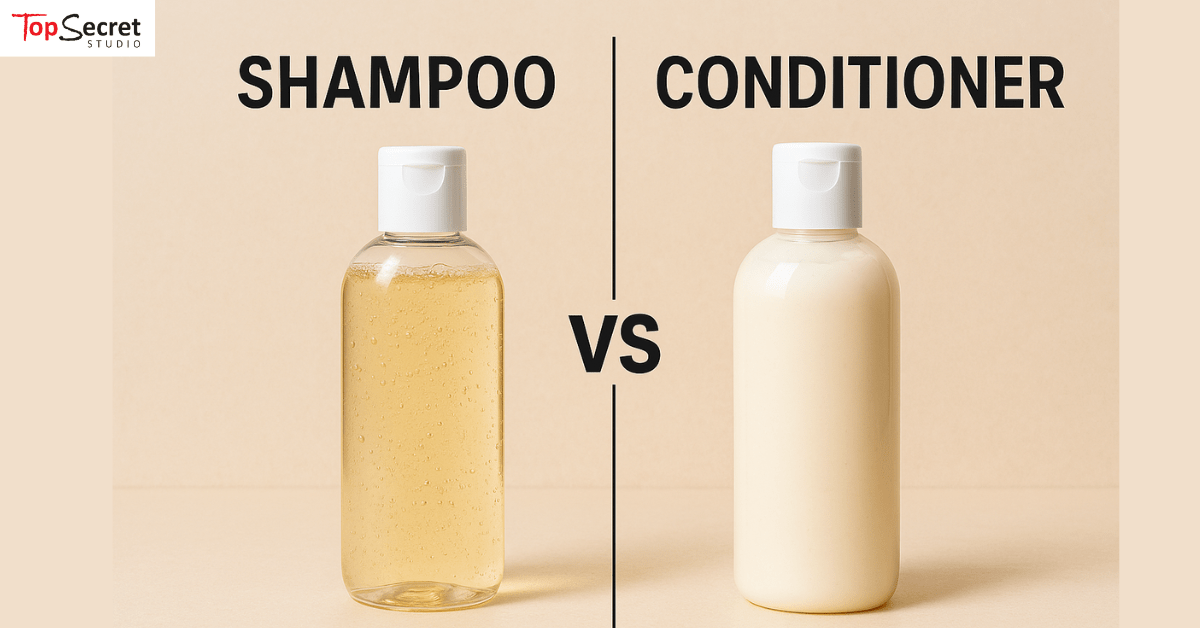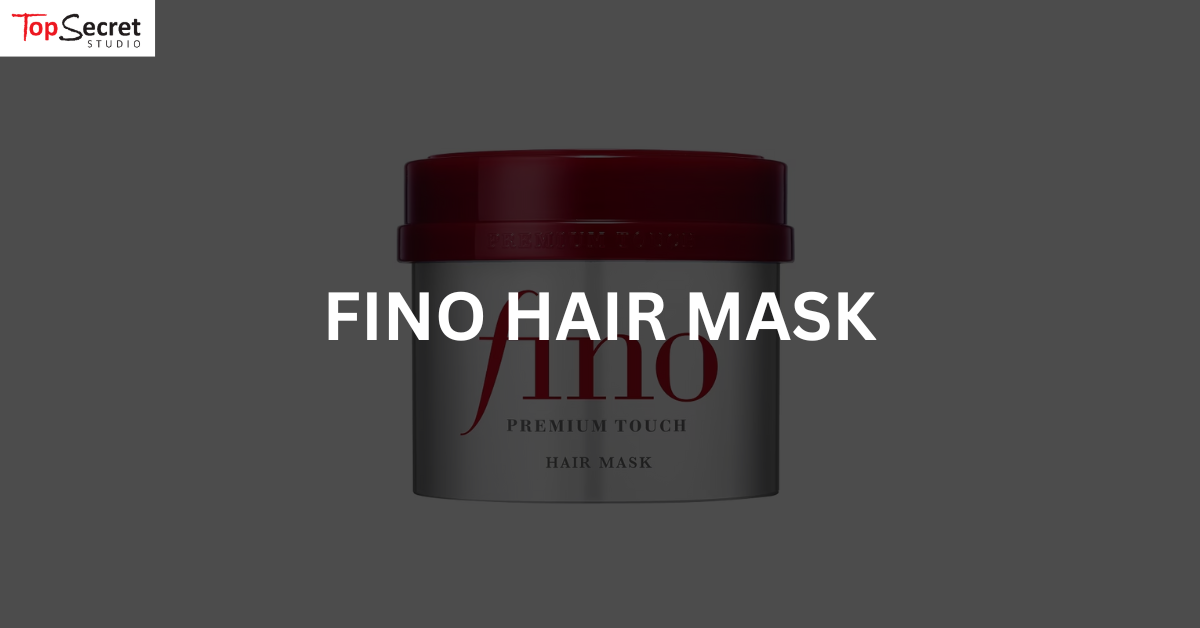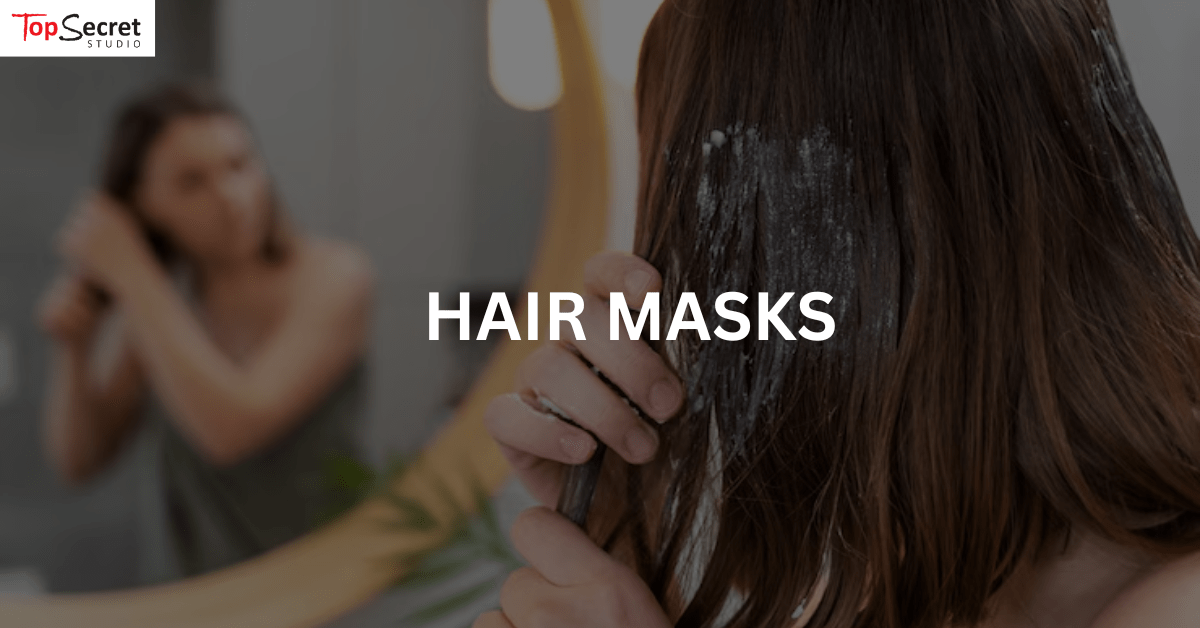
The Truth About Hair Masks: When and How to Use Them Properly
Hair masks have been around for decades, yet many people are still unsure how, when, and why to use them. Some consider them optional, while others swear by them as the ultimate hair care solution to everything from frizz to breakage. The truth, as always, sits somewhere in between and that's what this guide is all about.
Today, we will help you understand the right way to use a hair mask, how to choose one based on your hair type and concern, and why timing and techniques matter.
If you're looking for hair masks, specifically hair masks for frizzy hair, or need a recommended hair mask, this guide will give you everything you need, no fluff, no frills, just facts.
What Is a Hair Mask, and Why Does It Matter?
A hair mask is an intensive conditioning treatment designed to nourish, repair, and moisturise hair at a deeper level than regular conditioner. It usually contains more concentrated ingredients like:
- Natural oils (coconut, argan, olive)
- Proteins (keratin, silk protein)
- Humectants (glycerin, honey)
- Vitamins (Vitamin E, B5)
These ingredients work to penetrate the hair shaft, targeting internal damage, dryness, and frizz. They are designed to repair and improve hair conditions.
Hair Mask vs Conditioner: Are They the Same?
A common question. While both hair masks and conditioners aim to hydrate and soften, they work quite differently in terms of depth and purpose.
|
Feature |
Hair Mask |
Conditioner |
|
Purpose |
Repair and nourish deeply |
Detangle and soften temporarily |
|
Application Time |
5–30 minutes (varies by product) |
1–3 minutes |
|
Frequency |
1–2 times a week |
After every wash |
|
Ingredients |
Highly concentrated, often oil/protein-rich |
Light moisturising agents |
A conditioner is more like a surface treatment, ideal for daily use. Whereas a hair mask delivers intensive care by targeting the inner structure of the hair. If you're after long-term repair or moisture retention, a hair mask is the more effective choice.
Benefits of Hair Masks
Hair masks can do more than make your hair look shiny. Used consistently and properly, they can:
-
Improve hair elasticity and strength
Regular use helps reinforce the hair’s internal structure, making it more hardy to breakage and daily stress.
-
Reduce frizz and tame flyaways
By smoothing the cuticle and sealing in moisture, hair masks can help keep frizz under control and strands more manageable.
-
Restore moisture balance
They deliver hydration deep into the hair shaft, which is important for preventing dryness and brittleness.
-
Soothe a dry or flaky scalp
Some masks contain ingredients like aloe vera or tea tree oil that can calm irritation and support a healthier scalp environment.
-
Help reverse signs of heat or colour damage
Damaged hair can benefit from targeted ingredients that repair weakened bonds and restore softness over time.
Frizz, in particular, often stems from a lack of moisture or damaged cuticles, something a good hair mask can improve significantly.
When Should You Use a Hair Mask?
There’s no fixed rule for how often to use a hair mask, because it really depends on the state and type of your hair. Your natural texture, how much you style or colour it, and even your environment can affect how much care your hair needs.
1. Hair Type
-
Dry or curly hair: 1-2 a week
Curly and dry hair types naturally lose moisture more easily due to the shape of the strands, which makes it harder for oils from the scalp to travel down the hair. Using a nourishing mask regularly helps replenish lost hydration and keeps the curls soft and more defined.
-
Fine or oily hair: Once every 1–2 weeks
People with finer or oil-prone hair often hesitate to use masks, worried they’ll make the scalp greasy or weigh strands down. Lighter masks, applied only to the mid-lengths and ends, can still deliver benefits without causing limpness or excess oil.
-
Bleached or coloured hair: Weekly
Chemically processed hair tends to become porous and fragile, making it more likely to lose moisture quickly and break. A weekly mask can help rebuild strength and add softness, especially if it contains ingredients like proteins or ceramides.
2. Hair Concerns
-
Your hair feels rough or brittle
When your strands feel dry, coarse, or start snapping easily, it usually means the outer layer has been damaged. A conditioning mask with strengthening ingredients like keratin or amino acids can help smooth the cuticle and support recovery.
-
You notice increased frizz or breakage
Frizz and breakage often happen when the hair lacks moisture or has been weakened from styling tools and brushing. A targeted hair mask adds hydration and helps restore flexibility, which reduces the chance of snapping.
-
After swimming or sun exposure
Chlorine and salt water can strip the hair of natural oils, while UV rays can dry it out and make it more fragile. After a beach day or swim, a replenishing mask helps rehydrate the strands and prevent further damage. Look for masks with soothing ingredients like aloe vera or lightweight plant oils.
-
Post-colouring or chemical straightening
Chemical treatments can leave the hair feeling straw-like and in need of extra care. Using a repairing mask after these processes can restore suppleness and support the structure of the hair shaft.
How to Apply a Hair Mask Correctly: Step-by-Step Guide
Applying a hair mask isn’t complicated, but just like how to wash your hair properly, there is a right way to do it. Skipping steps or doing it wrong can make the mask less effective, or even lead to buildup.
1. Start with clean, towel-dried hair
Washing your hair beforehand helps remove product residue, dirt, and excess oil that could block the mask from working properly. Gently towel-dry to remove excess water, hair should be damp but not dripping, so the product doesn’t get diluted.
2. Shampoo first to remove oils and open up the hair cuticle
Shampoo helps lift away anything that may prevent the mask from absorbing effectively. Clean hair also allows the nourishing ingredients to reach deeper into the strands, especially if they’ve been weighed down by styling products or sebum.
3. Apply the mask from mid-length to ends
The mid-sections and ends tend to be the driest and most damaged parts of the hair. Applying the mask there allows it to target the areas that need the most hydration and repair, without overloading your roots.
4. Unless it’s formulated for the scalp, avoid roots to prevent greasiness
Some masks can make the scalp feel heavy or oily if applied too close to the roots. Unless you’re using a mask specifically designed for scalp care, focus only on the lengths to keep your hair fresh and bouncy.
5. Comb through gently
Use a wide-tooth comb or your fingers to spread it evenly across your hair. This step helps to coat every strand and avoid product clumping, which can lead to uneven results.
6. Let it sit for the recommended time
Most masks need a bit of time to work their way into the hair, rushing it can limit the benefits. Always check the hair product label, but as a general guide, aim for anything between 5 and 30 minutes.
7. Rinse thoroughly with cool or lukewarm water
Make sure no residue is left behind, as leftover product can make your hair feel heavy or sticky. Rinsing properly is key to leaving your hair soft and clean after treatment.
8. Cool water seals the cuticle, locking in moisture
A final rinse with cooler water helps smooth the hair surface, which can boost shine and keep hydration from escaping too quickly. It also helps reduce frizz and leaves the hair feeling more polished.
Hair Masks for Frizzy Hair
Frizz often signals dehydration and damage. To treat it, look for hair masks that contain:
-
Hydrating Oils: Argan oil, avocado oil, coconut oil
-
Humectants: Glycerin, aloe vera, honey
-
Silicone alternatives: Behentrimonium methosulfate (gentler detangler)
- Protein (in moderation): Helps rebuild weak strands
Choosing the Right Hair Mask
Let’s get this out of the way, there isn’t a single hair mask that suits everyone. What works great for one hair type may weigh down another or fail to address the specific issue you're trying to fix.
Below is a practical guide by Reds Hair Salon to help match different hair types and concerns with the appropriate type of mask and beneficial ingredients.
|
Hair Type or Concern |
Recommended Mask Type |
Why It Works |
Recommended Hair Mask Brands |
Additional Information |
|
Dry & Curly |
Rich, ultra moisturising |
Deep hydration softens and defines curls while reducing roughness and frizz. |
Briogeo Don't Despair, Repair! Deep Conditioning Mask |
Contains B-vitamins, rosehip and algae extract. Very effective for textured or dry hair. |
|
Thin & Fine |
Lightweight, volumising |
Adds moisture without heaviness; supports bounce and lightness. |
L'Oréal Elseve Extraordinary Oil Hair Mask (Fine Hair) |
Lighter formula than standard versions; suitable for flat or limp hair. |
|
Oily or Greasy |
Balancing, clarifying |
Helps clear excess sebum while soothing the scalp without drying strands. |
Innisfree My Hair Recipe Refreshing Treatment for Oily Scalp |
Includes mint and cedarwood. Good for oily roots and humid weather. |
|
Coloured or Bleached |
Colour-safe, repairing |
Helps rebuild protein bonds and maintain vibrancy post-bleaching or dye. |
Olaplex No. 3 Hair Perfector |
Bond-building formula backed by strong science; widely used post-colour treatment. |
|
Frizzy or Damaged |
Smoothing, restorative |
Smooths out raised cuticles and reduces surface-level damage and flyaways. |
Marc Anthony Bye Bye Frizz Keratin Smoothing Hair Mask |
Infused with keratin and argan oil. Ideal for daily frizz control. |
|
Thick or Coarse |
Deep conditioning, softening |
Intense moisture that penetrates dense hair strands and softens rough texture. |
Tsubaki Premium Repair Mask (Shiseido) |
Camellia oil-rich. Fast-acting formula designed for coarse, hard-to-manage hair. |
|
Scalp Concerns |
Scalp treatment mask |
Targets build-up, calms irritation, and supports a healthier scalp environment. |
The Body Shop Ginger Scalp Care Mask |
Contains ginger and birch bark extract. Effective for mild dandruff or itchiness. |
|
Heat-styled Hair |
Strengthening, anti-breakage |
Reinforces weakened hair fibres and reduces snapping from styling tools. |
Tresemmé Keratin Smooth Deep Smoothing Mask |
Widely used for straightening and blow-dried hair. Affordable and accessible. |
|
Ageing or Thinning Hair |
Fortifying, revitalising |
Boosts strength and improves scalp conditions to support denser-looking hair. |
Ryo Hair Loss Care Treatment |
Korean formula with ginseng and caffeine. Popular for mild hair thinning or post-partum recovery. |
“Always apply masks suited to your specific needs, using a heavy formula on fine hair, for example, might make it appear flat or greasy.”
Also, if you have a sensitive scalp or skin, it’s wise to patch test any new mask on a small area behind your ear or neck. This helps avoid unexpected reactions, especially with masks that contain essential oils or active botanicals. Be sure to read the ingredient list before purchasing.
The Balanced Way to Masking
Hair masks are more than just a feel-good step in your routine. Used correctly, they bring back hydration, shine, and resilience. But the real difference lies in choosing a formula that suits your hair’s needs rather than relying on trial and error.
At Top Secret, we believe in keeping hair care practical and honest. That’s why we offer a thoughtfully curated range of branded hair masks from trusted names like Shisesdo and Loreal shampoo.
While your hair won’t change overnight, with a bit of consistency and the right mask, you’ll notice the difference! Softer texture, fewer flyaways, and that healthy bounce that doesn’t need styling to stand out, now that’s class.
Frequently Asked Questions About Hair Mask
Can I Use a Hair Mask Instead of a Conditioner?
Not quite. masks are more intensive and meant for deeper treatment, while conditioners are lighter and used more frequently to detangle and soften, meant for daily use.
Should I Use a Hair Mask Before or After Shampooing?
Always apply after shampooing, as clean hair allows the mask’s ingredients to absorb better through open cuticles.
How Much Hair Mask Should I Use?
Use enough to coat your hair evenly without it dripping, about a 50-cent coin amount for medium-length hair, adjusting as needed.
Can Hair Masks Cause Hair Fall?
Only if you’re using one that’s too heavy for your scalp or not rinsing properly, which can lead to build-up and clogged follicles.
Is It Okay to Leave a Hair Mask on Overnight?
Only if the product specifically says it’s safe to do so; otherwise, leaving it too long can lead to scalp irritation or product overload.
How Long Does It Take to See Results From a Hair Mask?
You may notice smoother texture after one use, but visible repair or frizz control usually takes a few consistent applications.

